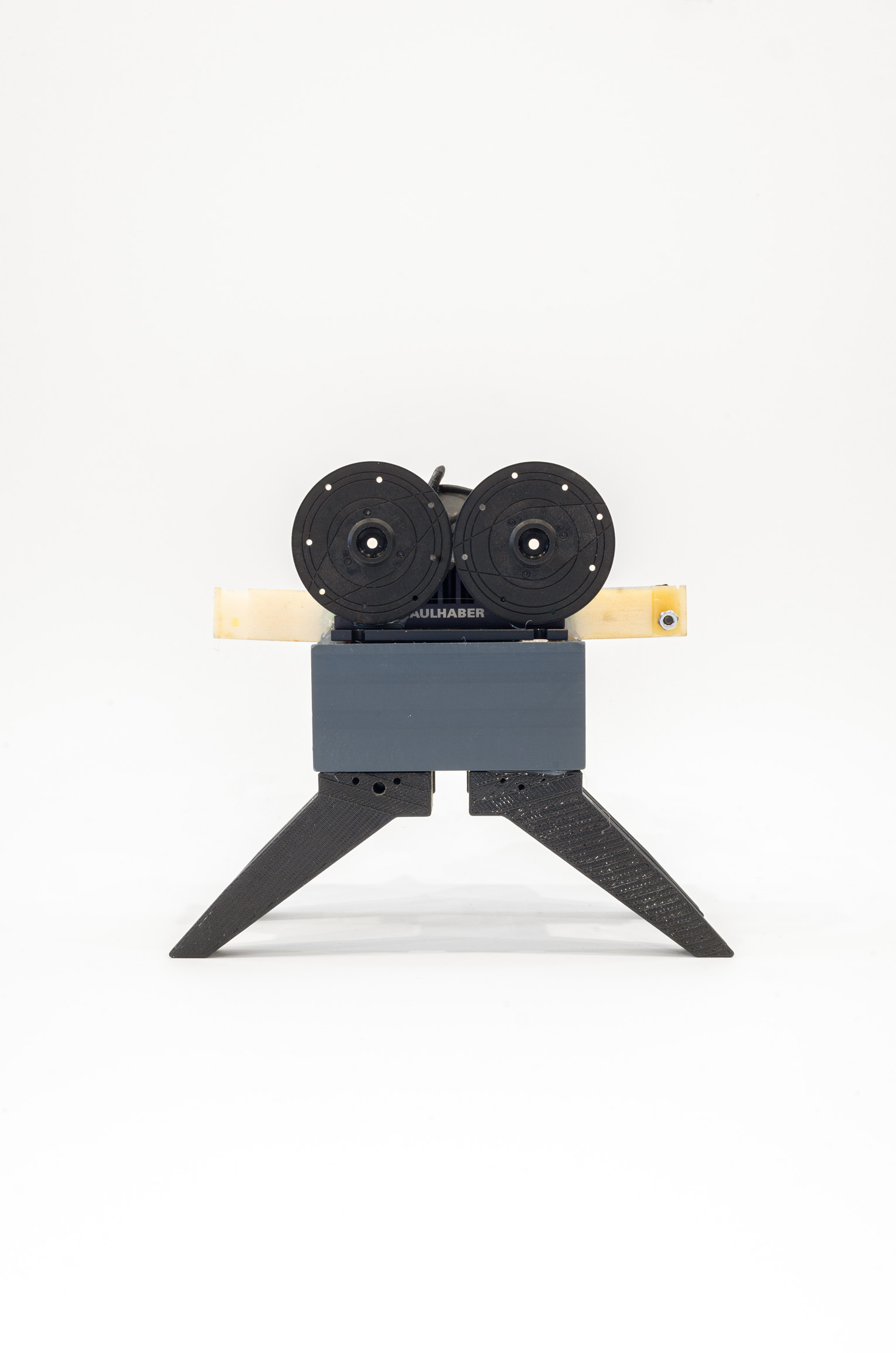

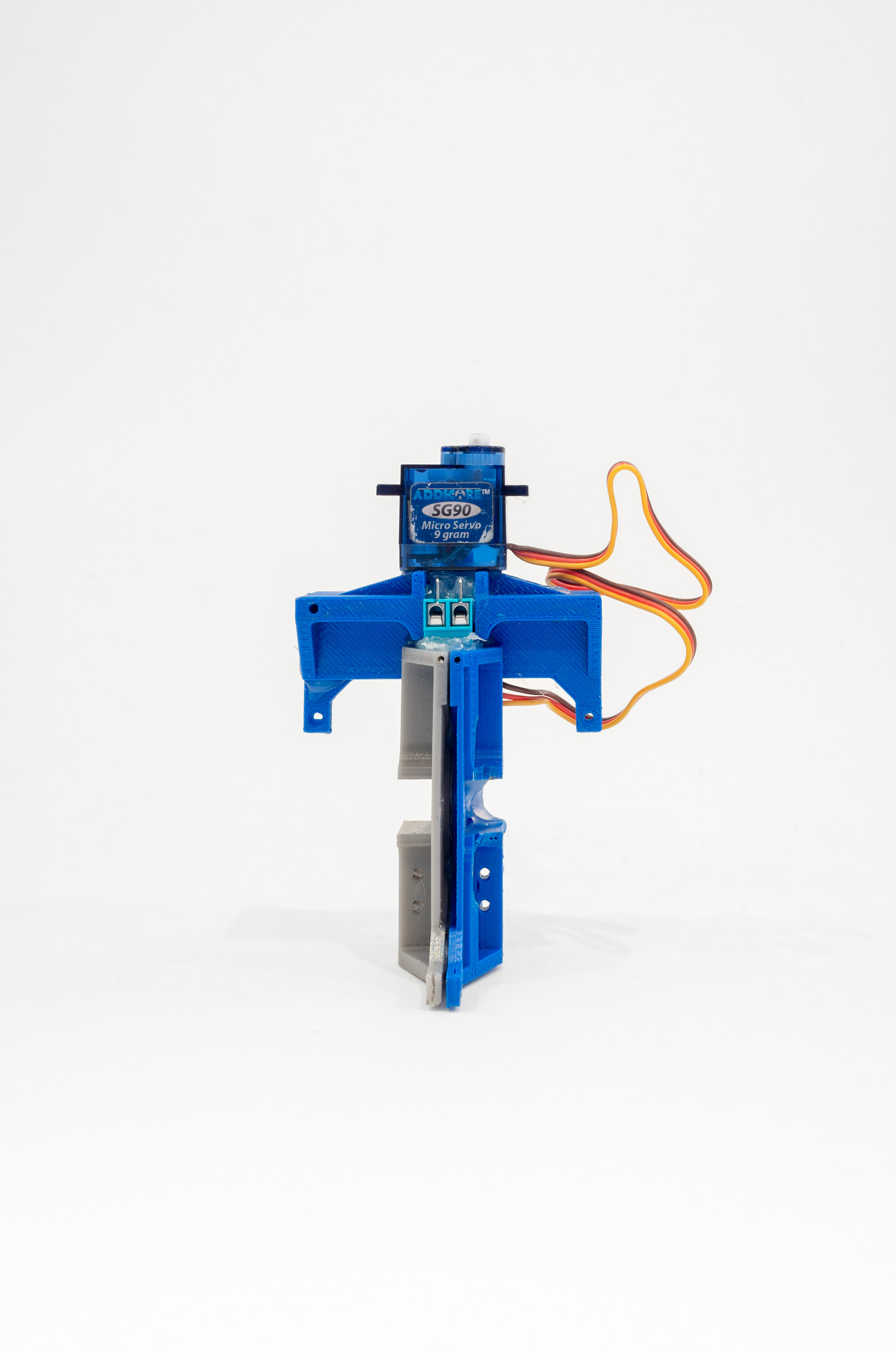

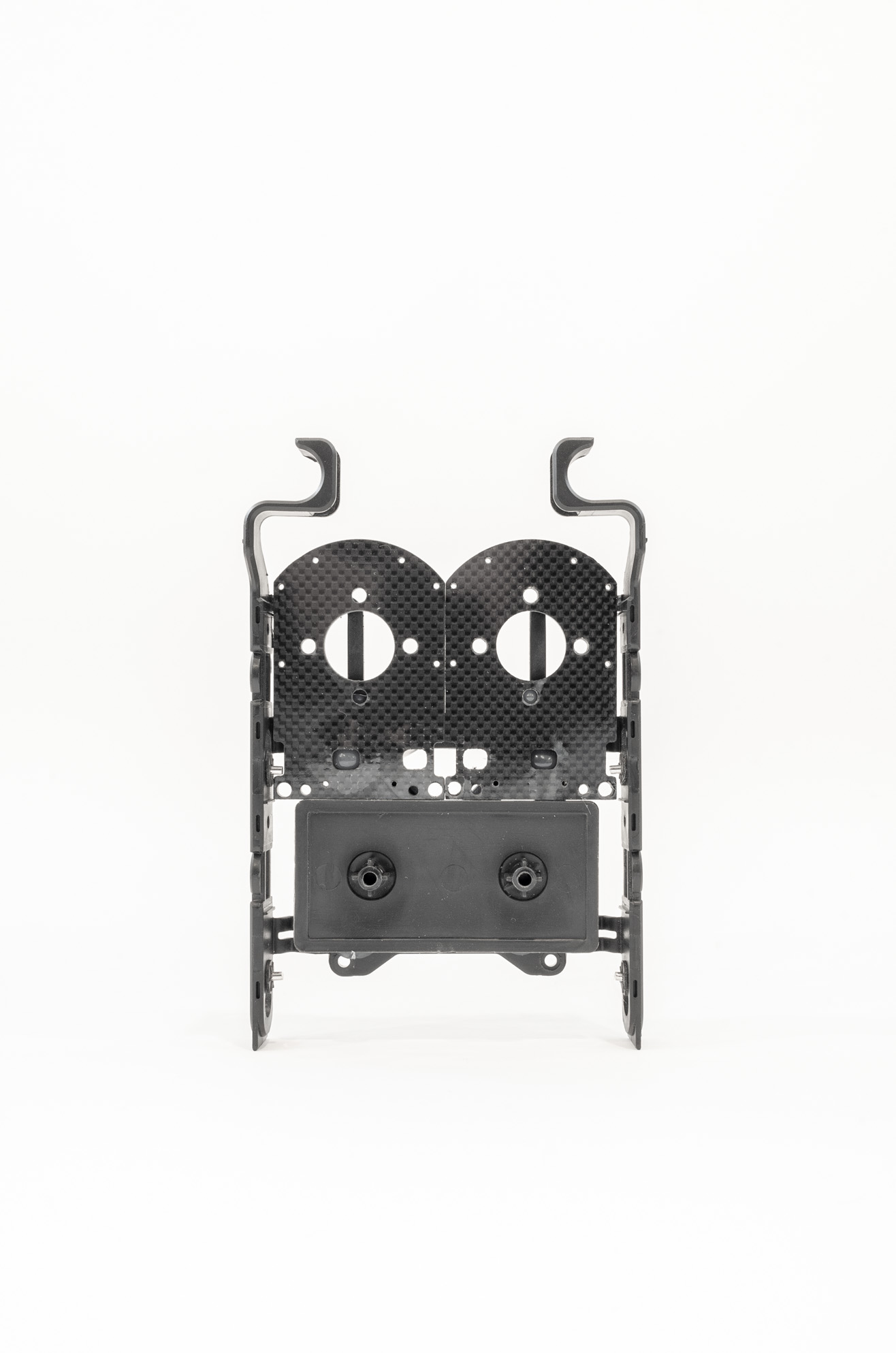



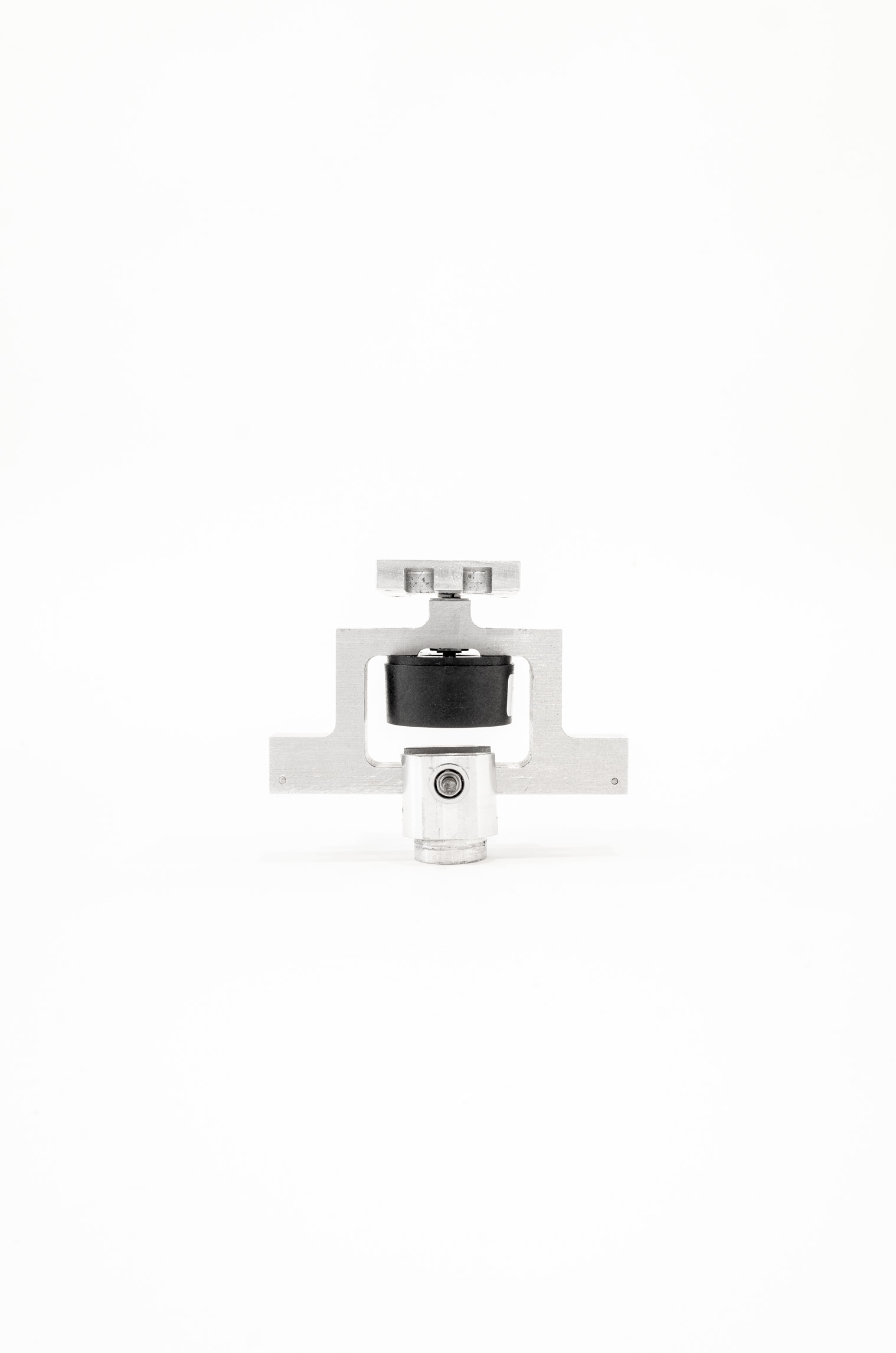


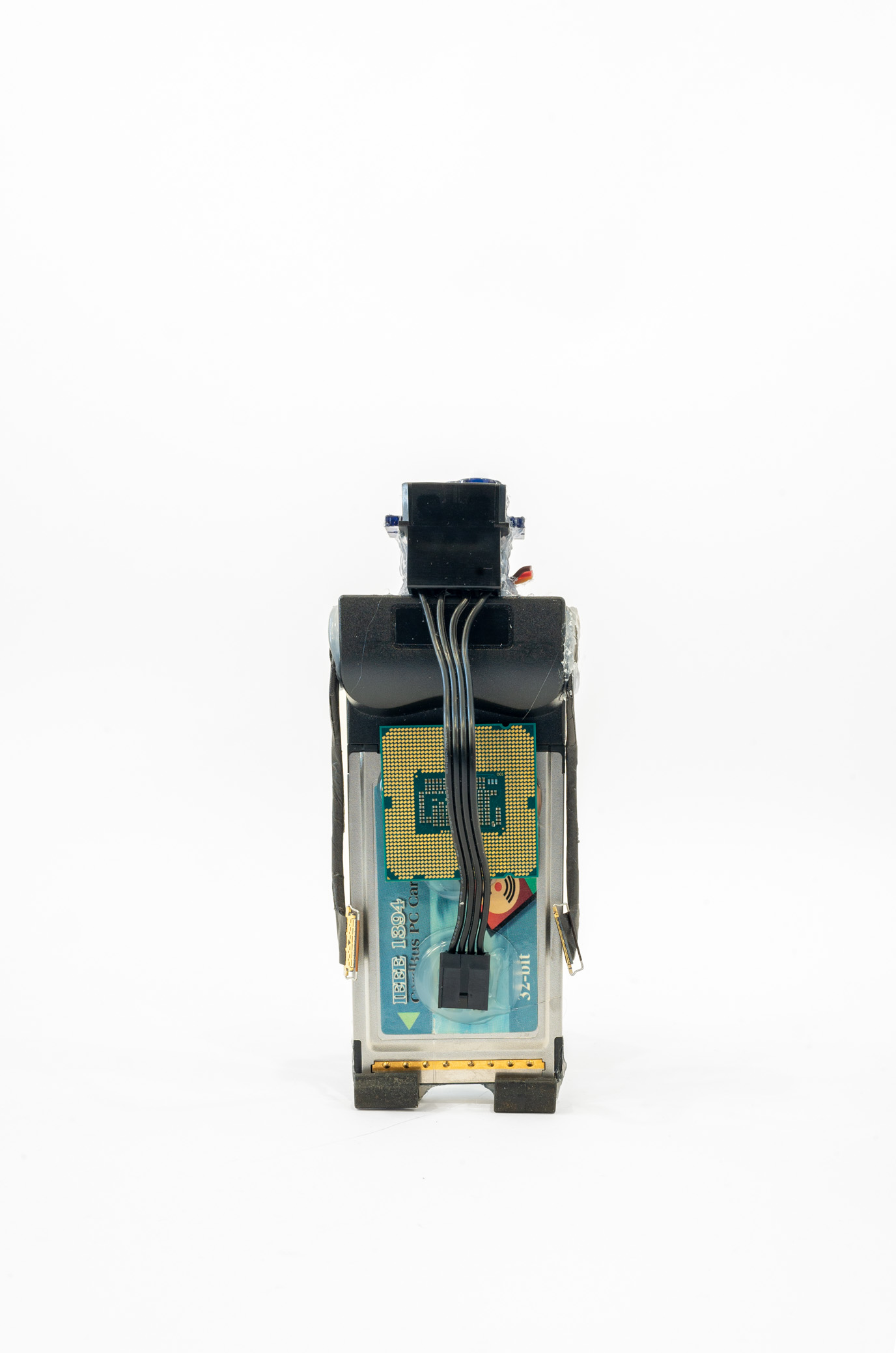




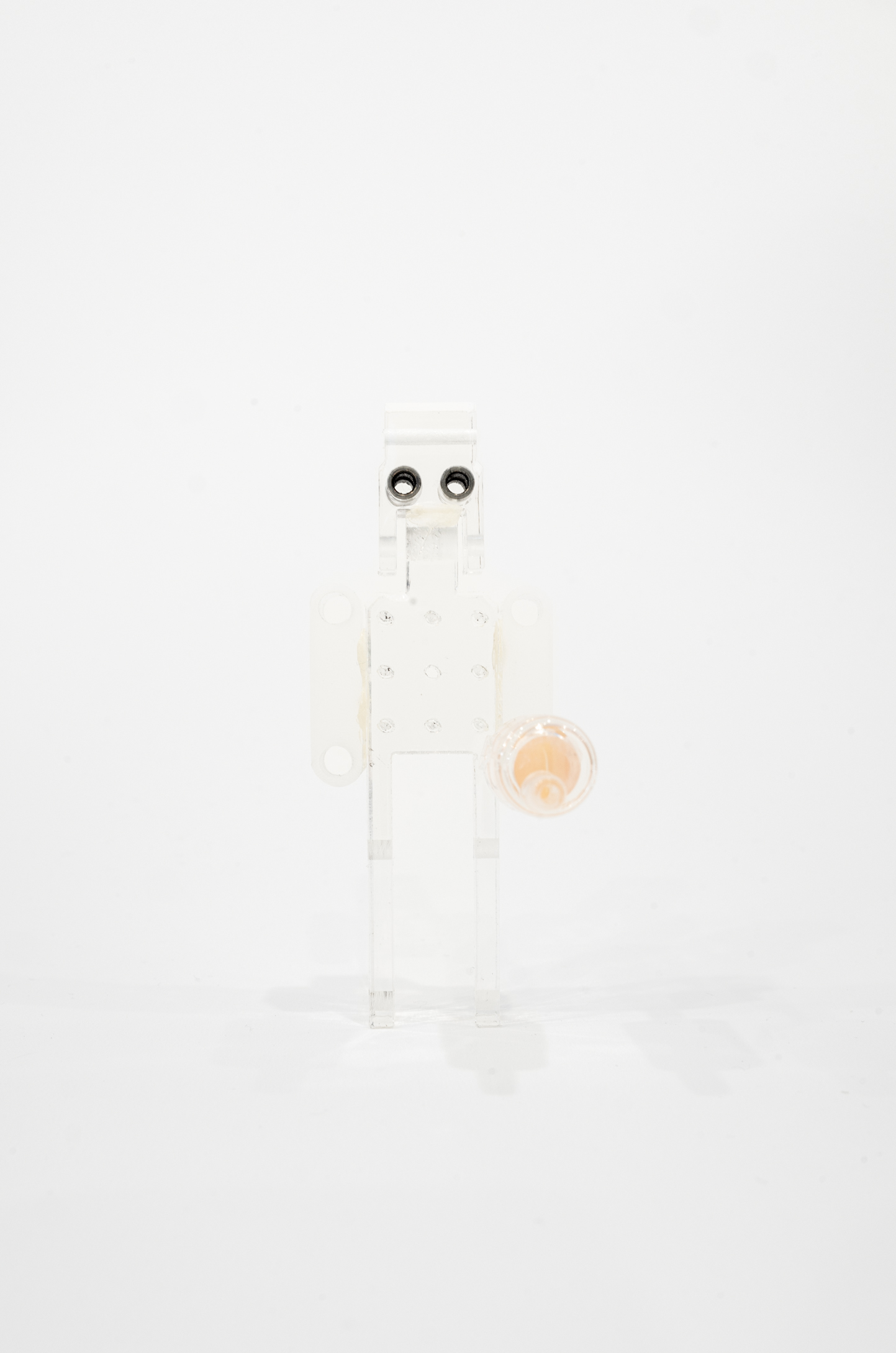
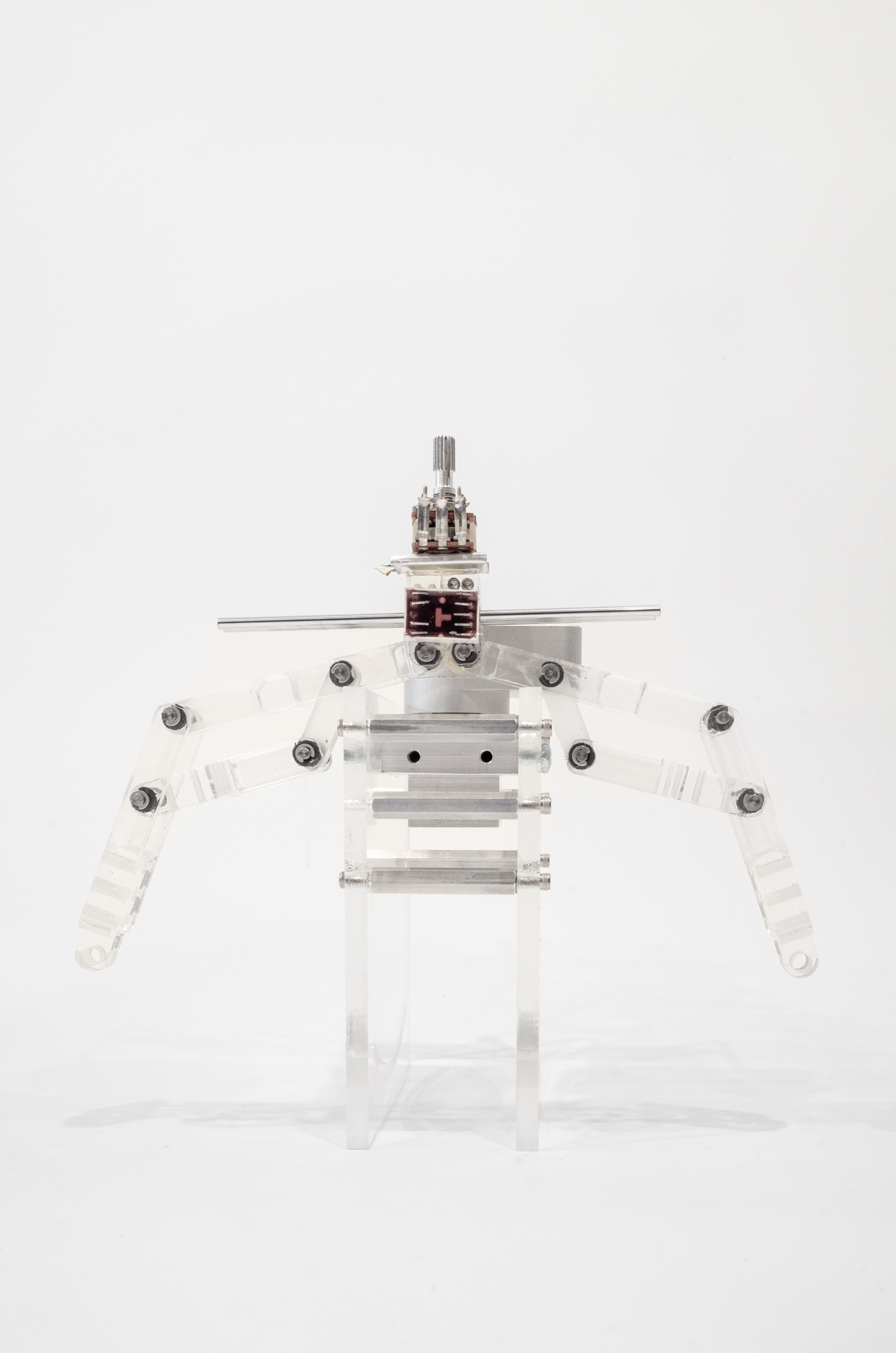
This series of works is assembled from recycled electronic components and industrial materials, with each "entity" appearing to possess its own identity and character—somewhere between robots, anthropomorphic masks, and mechanical remnants. By recombining discarded circuit boards, lenses, motors, plastic casings, and other technological debris, the work explores the lifecycle and materiality of technology.
Against the backdrop of rapidly evolving consumer electronics and the growing accumulation of e-waste, these assembled "creatures" embody a strange vitality. They serve as projections of futuristic imagination while simultaneously responding to contemporary issues surrounding electronic waste disposal. Each component once had a predetermined function, but here, they are given new structures and visual significance, blurring the boundaries between tool and organism, object and symbol.
This series is not only a form of technological archaeology but also a critique of media and material culture. It prompts us to consider how, amid the fervent progress of technological development, obsolete objects are discarded—yet their remnants can become the foundation for constructing new narratives.
Against the backdrop of rapidly evolving consumer electronics and the growing accumulation of e-waste, these assembled "creatures" embody a strange vitality. They serve as projections of futuristic imagination while simultaneously responding to contemporary issues surrounding electronic waste disposal. Each component once had a predetermined function, but here, they are given new structures and visual significance, blurring the boundaries between tool and organism, object and symbol.
This series is not only a form of technological archaeology but also a critique of media and material culture. It prompts us to consider how, amid the fervent progress of technological development, obsolete objects are discarded—yet their remnants can become the foundation for constructing new narratives.